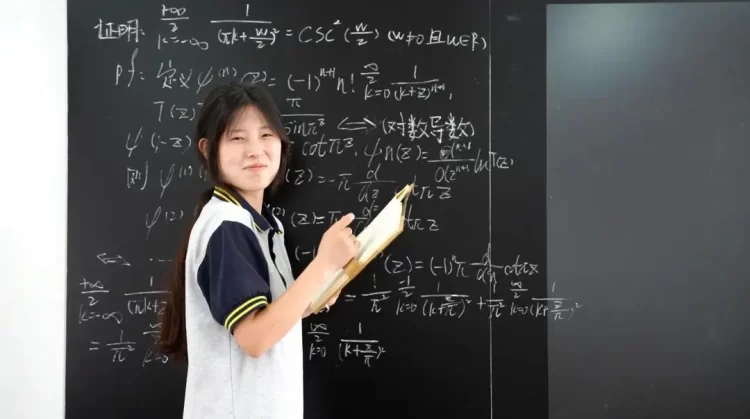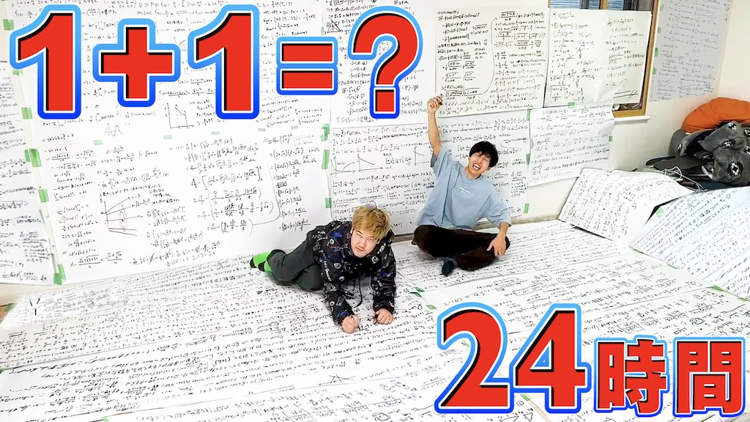China’s Controversial 17-Year-Old Math Genius Has an Entire Country on Edge

A 17-year-old Chinese student from a rural vocational school who shocked her country by ranking 12th among 802 participants in an elite math contest is now facing accusations of cheating. Math contests are a big deal in China, but it’s very rare for such competitions to capture the attention of an entire country like this […]
Math Enthusiasts Spend 24 Hours Solving the 1+1 Mathematical Formula

A couple of Japanese math enthusiasts recently spent 24 hours covering the walls of an entire room with calculations in an attempt to find the ultimate answer to the ‘1+1’ formula. It’s widely regarded as the easiest mathematical formula, but ‘1+1’ isn’t as simple as it appears. Well, at least not to math purists looking […]
Real-Life Good Will Hunting – Chinese Delivery Man Discovers Simpler Solution to Complex Math Problem
Yu Jianchun, A Chinese migrant worker from Henan province with no former mathematical training and no college degree, is being hailed as a real-life version of Will Hunting, the character played by Matt Damon in the 1997 Oscar-winning film “Good Will Hunting”, after finding an alternative method to verify Carmichael numbers. Carmichael numbers, also known as “pseudo […]
Fibonacci-Shaped Romanesco Broccoli Is the World’s Most Visually Stunning Vegetable

Put mathematics and broccoli together and you have the two most hated things of my childhood. And that’s exactly what the Romanesco Broccoli is all about. But now that I’m an adult, I find that I’m actually able to appreciate the intricacy of this rare vegetable. The broccoli takes the form of a fractal – […]
